Crafting with Pinecones: Autumn Garden Decor
As the leaves start to turn and the air becomes crisp, autumn offers a breathtaking backdrop for transforming your outdoor space into a cozy haven. One of the most delightful and readily available materials for crafting during this season is the humble pinecone. These natural wonders, with their intricate shapes and textures, can be used in a myriad of creative ways to enhance your garden decor. Imagine walking through your garden, greeted by charming displays that capture the essence of fall, all crafted from pinecones. Whether you're a seasoned crafter or just looking to add a personal touch to your outdoor space, this guide will explore creative ways to incorporate pinecones into your autumn garden decor.
Pinecones are not just for the forest floor; they can be the stars of your garden displays! From wreaths that greet your guests at the door to delightful centerpieces that spark conversation around your outdoor dining table, the possibilities are endless. You can even create charming bird feeders that invite local wildlife into your garden, adding life and movement to your autumn scene. In this article, we'll delve into the art of gathering, preparing, and crafting pinecones, ensuring that you have everything you need to create stunning seasonal decor.
But before we dive into the crafting process, let’s take a moment to appreciate the beauty of pinecones themselves. Each one is unique, much like the stories they can tell in your garden. Their natural hues can complement the vibrant colors of fall foliage, and when paired with other seasonal elements, they can create a harmonious and inviting atmosphere. So grab your crafting supplies and let’s explore how to make the most of these delightful treasures!
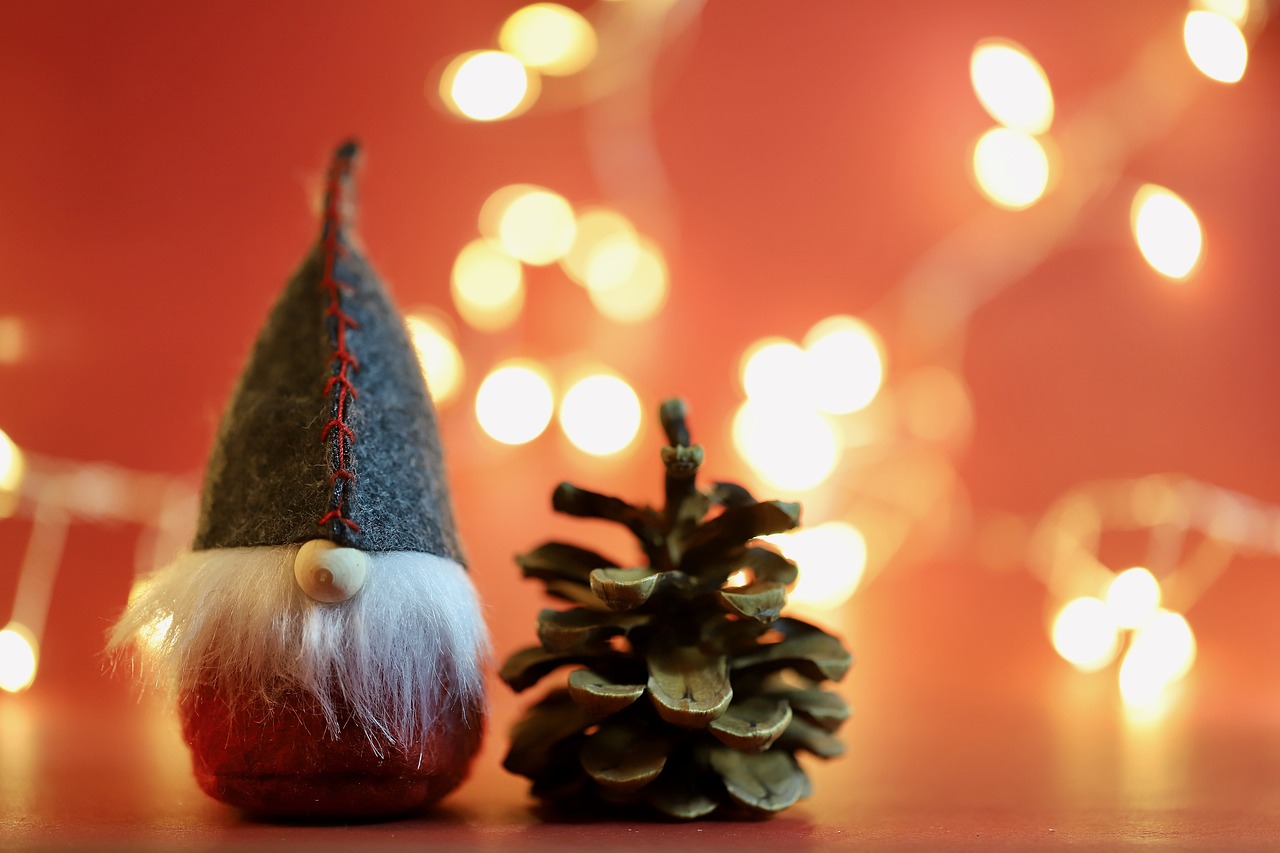
Gathering Pinecones
Gathering pinecones can be an exciting adventure, especially during the vibrant autumn months when nature seems to be bursting with color. Whether you're planning to use them for crafts or simply want to enjoy their natural beauty, knowing where and when to collect them can make all the difference. The best time to gather pinecones is typically in late fall, after the trees have shed their cones, but you can also find them throughout the year, depending on the species of pine in your area.
When it comes to locations, think about areas where pine trees thrive. Parks, forests, and even your own backyard can be treasure troves of pinecones. Look for different types of pinecones, as they come in various shapes and sizes. For example, long and slender cones from Eastern White Pines or larger, more rounded cones from Sugar Pines can each add unique character to your projects.
As you venture out to gather pinecones, consider the following tips to enhance your collection:
- Timing is Key: Early mornings or late afternoons are often the best times to gather, as the cones are less likely to be damp from dew.
- Look Up! Pinecones can be found on the ground, but sometimes they are still attached to the branches. If you're feeling adventurous and it's safe, gently shake the branches to encourage them to fall.
- Respect Nature: Always be mindful of your surroundings. Ensure you're not damaging the trees or the ecosystem. Only collect what you need!
Once you've gathered a variety of pinecones, you’ll want to sort through them. This is a great opportunity to discard any that are damaged or infested with pests. Keeping only the best specimens will ensure that your crafting projects shine. Remember, the more diverse your collection, the more creative options you’ll have when it comes to decorating your garden or home.
So, grab a basket, put on some comfortable shoes, and head out into nature! The thrill of finding the perfect pinecones is just as rewarding as the crafts you’ll create with them. Happy gathering!
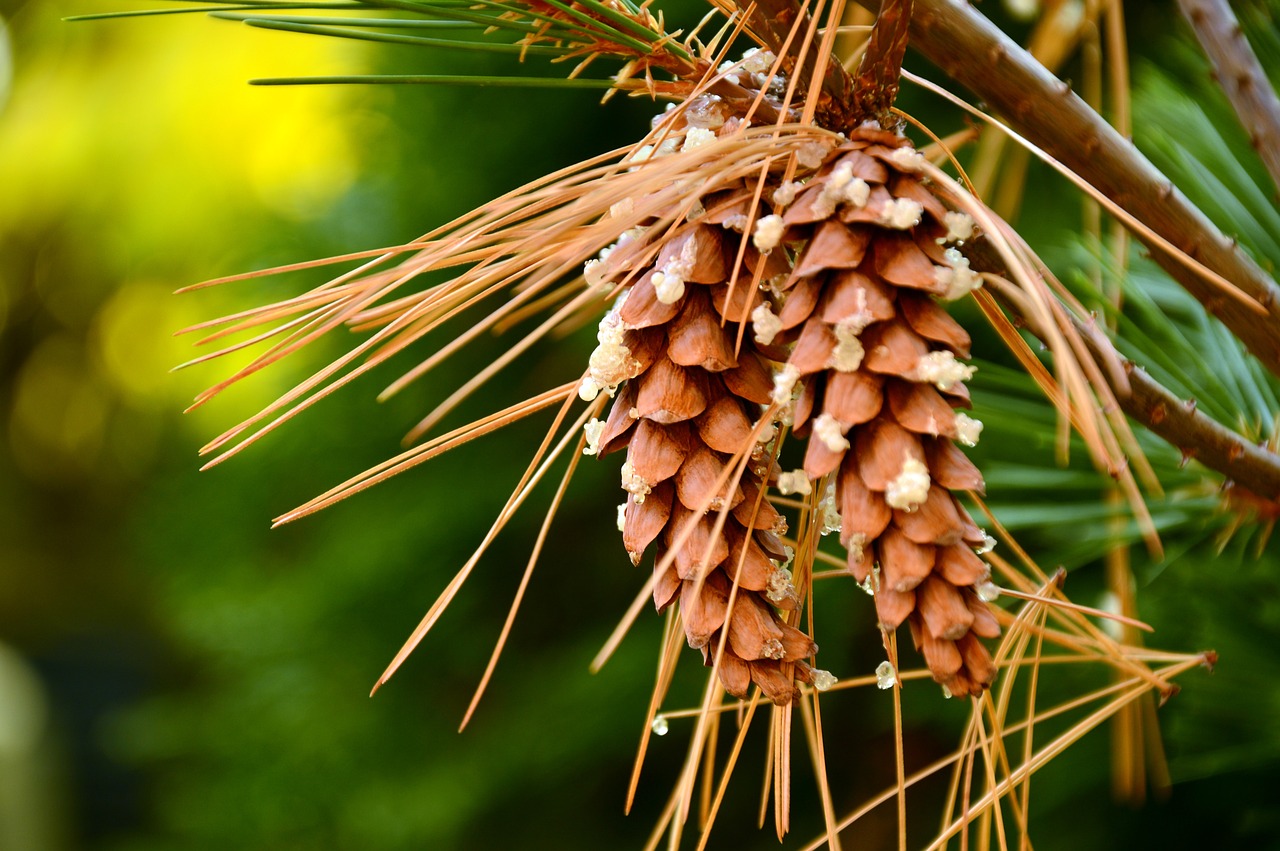
Preparing Pinecones for Crafting
When it comes to crafting with pinecones, preparation is key! You want your pinecones to not only look great but also be safe and ready for all your creative endeavors. The first step in this process is to clean your pinecones thoroughly. After all, you wouldn't want dirt and debris ruining your beautiful autumn decor, right? There are several effective cleaning techniques you can use to ensure your pinecones are spotless and ready to shine.
One of the most popular methods for cleaning pinecones is soaking them in a solution of water and vinegar. This not only helps to loosen any dirt but also acts as a natural disinfectant, keeping those pesky germs at bay. Simply fill a bucket with warm water and add a cup of vinegar. Let the pinecones soak for about 30 minutes, then scrub them gently with a soft brush to remove any stubborn grime. After scrubbing, rinse them off with clean water and let them dry in a sunny spot.
Another effective technique is to scrub the pinecones with a toothbrush or a soft bristle brush. This method is particularly useful for removing dirt trapped in the crevices of the pinecones. Just be gentle; you want to preserve their natural beauty while ensuring they are clean.
Now that your pinecones are clean, it’s crucial to think about pest prevention. Pinecones can be a haven for unwanted insects if not treated properly. To prevent pests, consider placing your cleaned pinecones in a plastic bag and adding a few small pieces of cedar wood or a sprinkle of cinnamon, both of which are natural repellents. Seal the bag tightly and store it in a cool, dry place for a few days. This treatment will help deter any critters from making your pinecones their home.
Once your pinecones are clean and pest-free, it’s time to dry them. You can choose between air drying and oven drying, depending on your preference and the time you have available. For air drying, simply place the pinecones in a well-ventilated area, away from direct sunlight, and let them dry naturally for a few days. On the other hand, if you're in a hurry, you can use the oven method. Preheat your oven to 200°F (93°C), spread the pinecones on a baking sheet, and bake them for about 30 minutes. This not only dries them out but also helps to open up the pinecones, making them even more visually appealing for your crafts.
In conclusion, preparing pinecones for crafting is an essential step that can significantly enhance your final creations. By cleaning them thoroughly, preventing pests, and ensuring they are properly dried, you’ll set the stage for a successful crafting experience. So, gather your pinecones and get ready to unleash your creativity!
- How do I know if my pinecones are dry enough? - They should feel lightweight and not have any moisture when you touch them.
- Can I use pinecones that have fallen on the ground? - Yes, just make sure to clean and treat them properly before using them for crafts.
- What other materials can I use with pinecones for crafting? - You can combine them with twigs, leaves, and seasonal decorations like pumpkins and gourds for a stunning display.
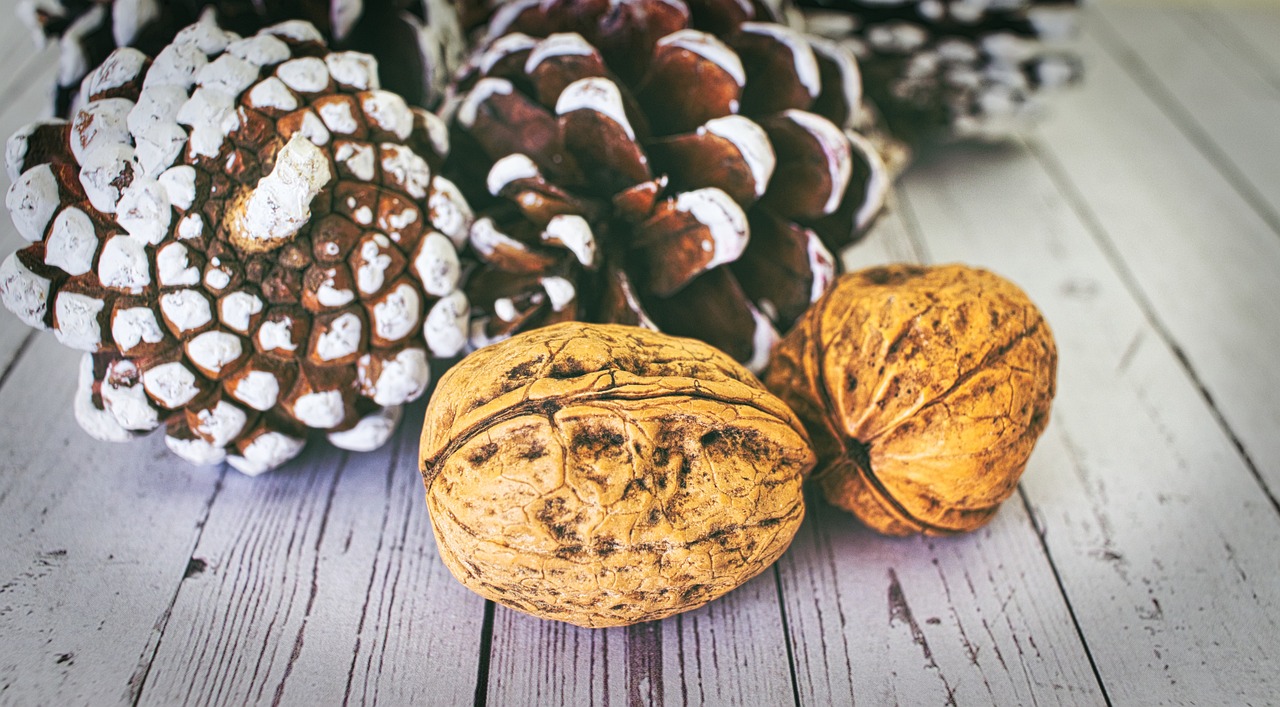
Cleaning Techniques
When it comes to crafting with pinecones, the first step is ensuring they are clean and ready for your creative touch. After all, no one wants to work with dirty materials! So, let’s dive into some effective cleaning techniques that will leave your pinecones looking fresh and fabulous.
One of the most popular methods for cleaning pinecones is soaking them in a mixture of water and vinegar. This not only helps to remove dirt but also acts as a natural disinfectant. Simply combine one part vinegar with three parts water in a large bucket, and let your pinecones soak for about 30 minutes. After soaking, take a soft brush or cloth and gently scrub the pinecones to remove any stubborn debris. Rinse them thoroughly under running water to wash away any remaining vinegar solution.
Another technique involves using a scrub brush. If your pinecones are particularly dirty, you can fill a basin with warm, soapy water and scrub each pinecone individually. This method is great for getting into the crevices where dirt tends to hide. Just be sure to rinse them well afterward to avoid any soap residue that might interfere with your crafting.
Once your pinecones are clean, the next step is drying them properly. You can air dry them by placing them in a well-ventilated area, but if you’re short on time, an oven drying method works wonders. Preheat your oven to 200°F (93°C), spread the pinecones on a baking sheet, and place them in the oven for about 30 minutes. Keep an eye on them to ensure they don’t burn, and remove them once they’re completely dry. This method not only dries them quickly but also helps to open up their scales, making them look even more appealing for your projects.
Lastly, it’s essential to think about pest prevention during the cleaning process. After your pinecones are clean and dry, consider treating them with a light spray of a natural insect repellent or a mixture of water and essential oils. This will help keep unwanted critters at bay. Store your pinecones in a sealed container or bag until you’re ready to use them, ensuring they remain pest-free and ready for crafting.
In summary, cleaning your pinecones is a crucial step in the crafting process. With the right techniques—soaking, scrubbing, and drying—you can prepare beautiful materials that will enhance your autumn garden decor. Remember, a little effort in cleaning goes a long way in ensuring your pinecone crafts turn out stunning!
- How do I know if my pinecones are clean enough? - If they look free of dirt and debris and have a pleasant natural scent, they are likely clean enough for crafting.
- Can I use bleach to clean pinecones? - It's not recommended as bleach can weaken the pinecone and alter its color. Stick to vinegar or soapy water for a safer option.
- How long do cleaned pinecones last? - Properly cleaned and stored pinecones can last for years, especially if kept in a cool, dry place.
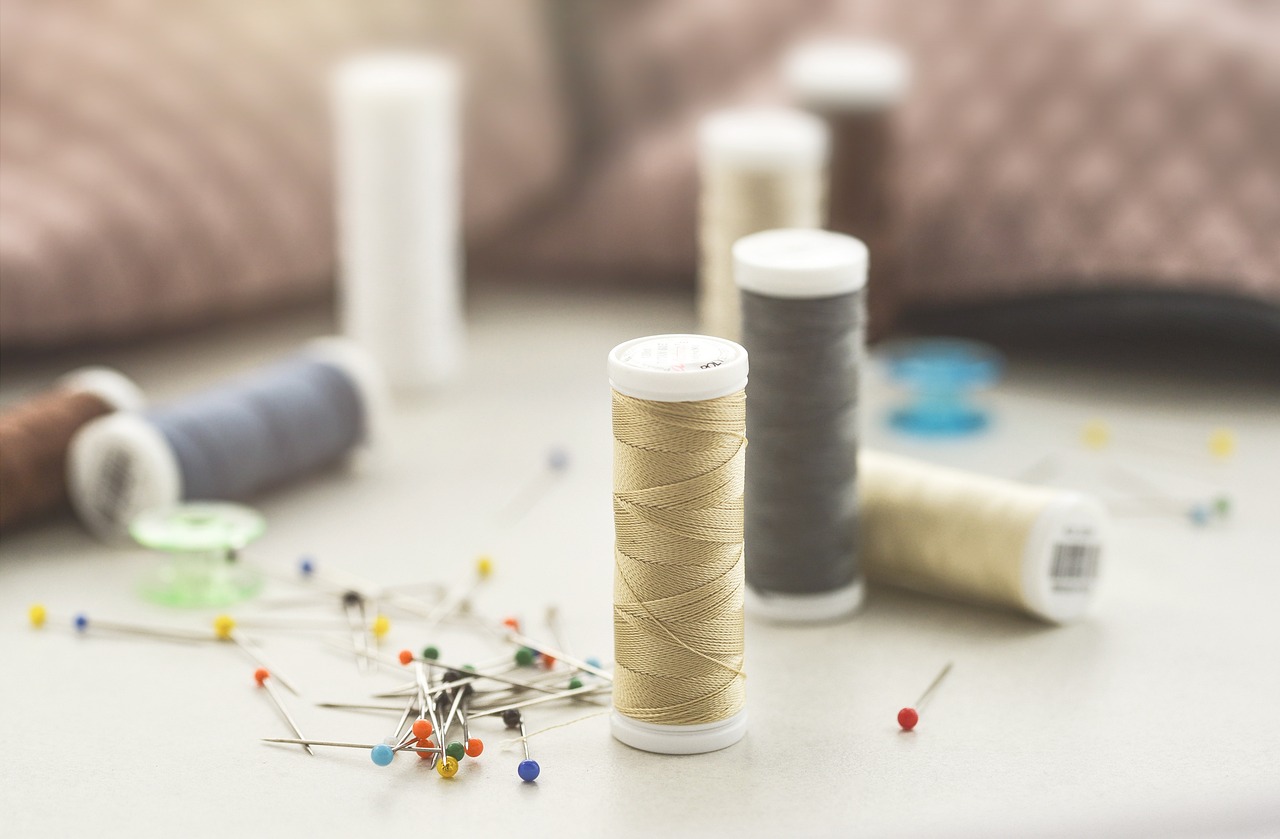
Preventing Pests
When it comes to crafting with pinecones, one of the most overlooked aspects is pest prevention. These natural beauties can attract unwanted guests like insects and rodents if not properly treated. Imagine spending hours creating a stunning centerpiece only to find it infested with bugs! To avoid this nightmare, it's crucial to take proactive steps in preparing your pinecones.
First and foremost, consider soaking your pinecones in a solution of water and a few drops of dish soap. This method not only cleans the surface but also helps to dislodge any pests that may be hiding within the crevices. After soaking, rinse them thoroughly and let them dry completely. This simple step can significantly reduce the risk of bringing unwanted critters into your home.
Additionally, you might want to bake your pinecones in the oven at a low temperature—around 200°F (93°C)—for about 30 minutes. This process not only kills any lingering pests but also helps to dry out the pinecones, making them less attractive to insects. Just be sure to keep an eye on them to prevent any accidental burning!
Once your pinecones are clean and dry, proper storage is key to keeping them pest-free. Store your pinecones in a sealed container or a breathable bag, like a cotton or mesh bag, to prevent any insects from getting in. If you have a large collection, consider using a
| Pinecone Type | Size | Storage Method |
|---|---|---|
| Sugar Pine | Large | Sealed container |
| Western White Pine | Medium | Cotton bag |
| Eastern White Pine | Small | Mesh bag |
Lastly, if you notice any signs of pests after you've prepared your pinecones, don't panic! You can always re-soak or re-bake them to ensure they're ready for crafting. By taking these preventive measures, you can enjoy the beauty of pinecones in your autumn decor without the worry of pests ruining your hard work.
- How do I know if my pinecones are infested? Look for visible insects or webbing. If you see any, it's best to treat them before using.
- Can I use pinecones from my yard? Yes, but be sure to inspect them for pests and debris before crafting.
- What is the best way to store pinecones after crafting? Keep them in a cool, dry place, ideally in a sealed container to prevent pests.

Drying Methods
When it comes to crafting with pinecones, ensuring they are properly dried is essential. Not only does drying preserve their structure, but it also prepares them for any decorative treatments you might want to apply. There are a couple of effective methods to dry pinecones, each with its own advantages. Let's explore these methods in detail.
The first method is air drying. This is the most natural way to dry your pinecones and requires no special equipment. Simply place your collected pinecones in a well-ventilated area, ideally outdoors but away from direct sunlight, as this can cause them to warp or crack. Over the course of several days, the pinecones will gradually lose moisture and become ready for crafting. One of the benefits of air drying is that it helps to maintain the pinecones' natural beauty, showcasing their unique shapes and textures.
On the other hand, if you're short on time or need your pinecones ready quickly, the oven drying method is a fantastic alternative. Preheat your oven to a low temperature, around 200°F (93°C). Spread the pinecones on a baking sheet lined with parchment paper, ensuring they are not touching each other. Bake them for about 30 minutes, checking regularly to avoid any scorching. This method not only speeds up the drying process but also helps to open up the pinecones, making them look more visually appealing for your crafts. However, be mindful of the potential for some pinecones to release a resinous scent while baking, which can be quite aromatic!
Lastly, it's important to consider the storage of your dried pinecones. After drying, store them in a cool, dry place to prevent any moisture from returning. You can use cardboard boxes or breathable bags to keep them safe from dust and pests. Proper storage ensures that your pinecones remain in perfect condition until you're ready to unleash your creativity on your autumn decor.
In summary, whether you choose to air dry or oven dry your pinecones, each method has its merits. Air drying is gentle and maintains the natural characteristics of the pinecones, while oven drying is quick and effective. Whichever method you opt for, make sure to follow up with proper storage to keep your crafting materials in top shape!
- How long does it take for pinecones to air dry? Typically, air drying can take anywhere from 3 to 7 days, depending on humidity and temperature.
- Can I use pinecones straight from the ground? It's best to clean and dry them first to remove any dirt and moisture.
- What should I do if my pinecones don't open up during drying? If they remain closed, consider gently baking them in the oven to encourage them to open.
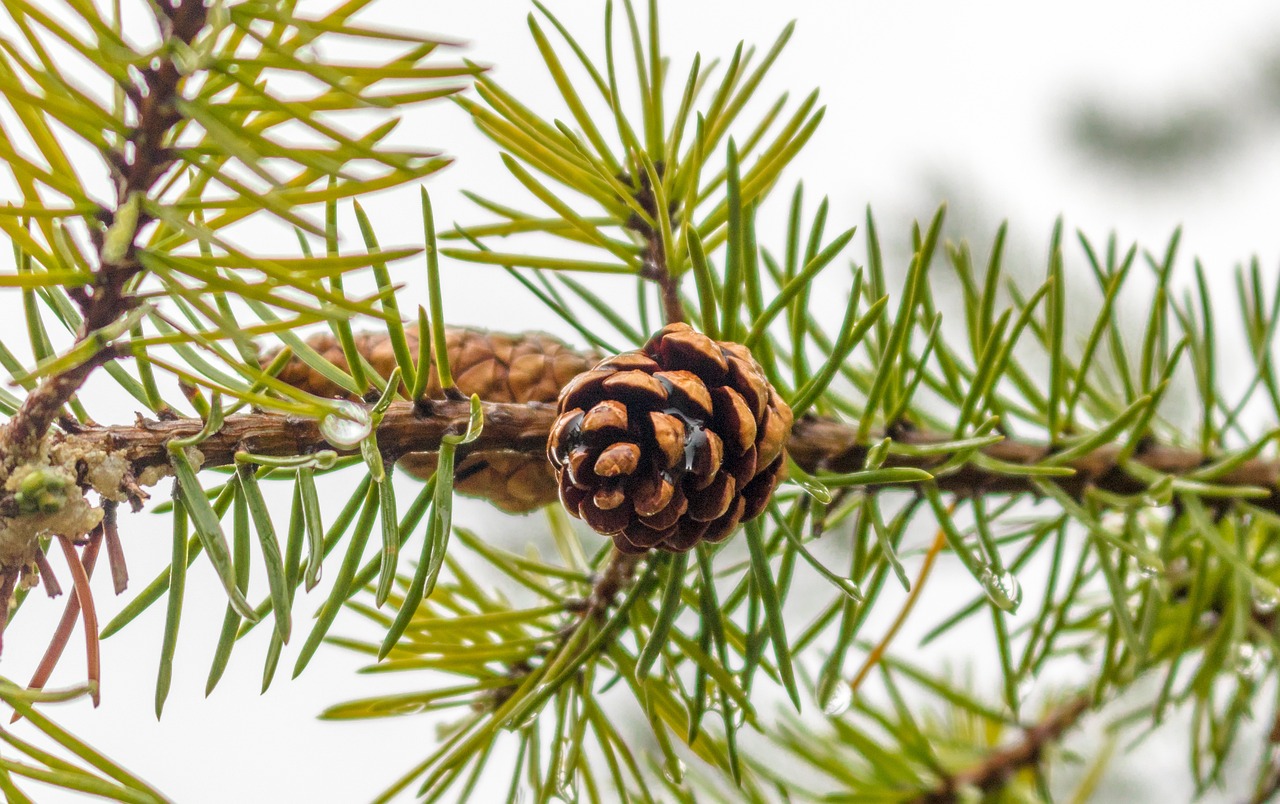
Painting and Decorating Pinecones
Unleashing your creativity with can truly transform these natural treasures into stunning pieces that enhance your autumn decor. The beauty of pinecones lies not only in their natural form but also in the endless possibilities they offer for customization. Imagine turning a simple pinecone into a vibrant centerpiece or a whimsical ornament that captures the essence of the season. With just a few supplies and a dash of imagination, you can create unique decorations that reflect your personal style and the spirit of fall.
To get started, gather your materials. You’ll need some basic supplies such as acrylic paints, paintbrushes, and glitter if you want to add a touch of sparkle. You might also consider using natural dyes or even spray paint for a more uniform finish. The choice of colors can be inspired by the rich palette of autumn—think warm oranges, deep reds, and earthy browns. Once you have your paints ready, choose a workspace that allows for some mess. After all, creativity can get a little chaotic!
When it comes to painting, the technique you choose can greatly affect the final look. For a rustic charm, you might want to brush on a light coat of paint, allowing the natural texture of the pinecone to show through. Alternatively, for a bold and modern approach, consider fully covering the pinecone with a vibrant color. Don't hesitate to experiment! You can even mix colors to create unique shades that resonate with your decor theme. Once painted, let your pinecones dry completely before adding any embellishments.
Decorating your pinecones can take many forms. You can use glitter to give them a festive sparkle, or wrap them in twine for a rustic touch. If you're feeling particularly crafty, consider gluing on small embellishments such as beads, ribbons, or even dried flowers. The key is to let your imagination run wild. You can create themed decorations, such as a Halloween-inspired pinecone with black paint and orange glitter, or a Thanksgiving centerpiece featuring gold and bronze hues. The options are truly limitless!
As you decorate, think about how you want to display your creations. Pinecones can be arranged in bowls, hung from branches, or even attached to wreaths. If you’re going for a cohesive look, consider using a consistent color scheme or theme throughout your decorations. This will help tie everything together and create a visually appealing display that captures the warmth and beauty of the autumn season.
In conclusion, painting and decorating pinecones is not just a fun activity; it’s an opportunity to express yourself and bring a touch of nature into your home. So grab those pinecones, unleash your creativity, and let your autumn decor shine! Your garden and home will thank you for the vibrant life and personality you bring to them this fall.
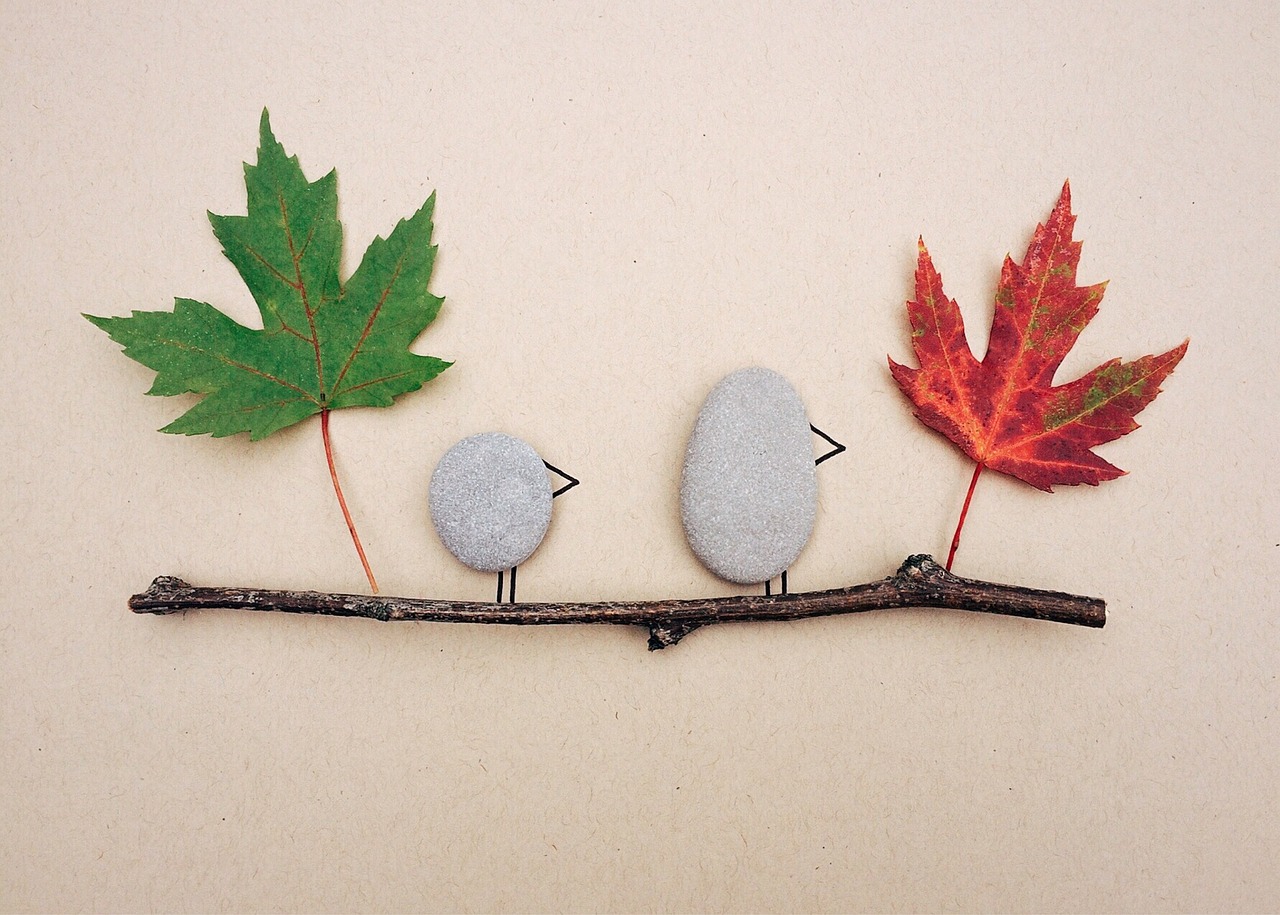
Craft Ideas Using Pinecones
When it comes to autumn decor, pinecones are like nature's little treasures, waiting to be transformed into something magical. Whether you're looking to spruce up your garden or add a cozy touch to your home, the possibilities are truly endless. Let’s dive into some creative craft ideas using pinecones that will not only beautify your space but also bring a sense of warmth and nostalgia to your autumn gatherings.
One of the most popular and visually stunning projects you can undertake is creating pinecone wreaths. Imagine walking up to your front door and being greeted by a beautiful wreath made entirely of pinecones, each one showcasing its unique shape and texture. To create your own, gather a variety of pinecones—different sizes and shapes will add character and depth. You can use a wire frame as a base, attaching the pinecones with hot glue or floral wire. For an added touch, consider embellishing your wreath with some faux leaves, berries, or even a beautiful ribbon. Hang it on your door or use it as a centerpiece on your dining table to impress your guests.
Another fantastic way to incorporate pinecones into your autumn decor is by designing pinecone centerpieces. These centerpieces can be as simple or elaborate as you desire. Start with a rustic wooden bowl or a glass vase, then fill it with an assortment of pinecones, perhaps mixed with some colorful autumn leaves or small pumpkins. You can even add candles for a warm glow that will make your outdoor dining experience feel extra special. The beauty of pinecone centerpieces lies in their versatility; they can be tailored to fit any theme or color scheme you have in mind.
If you’re feeling particularly adventurous, consider making pinecone garlands. These charming decorations can drape across your mantel, hang from your porch, or even adorn your garden fence. To create a garland, simply string together pinecones using twine or fishing line. You can alternate between pinecones and other natural elements like acorns or dried orange slices for a pop of color. This easy DIY project is perfect for those who want to add a touch of rustic charm to their autumn decor.
For those who love a bit of whimsy, pinecone animals can be a delightful craft to try. With just a few additional materials like googly eyes, felt, and glue, you can transform ordinary pinecones into adorable critters. Think of creating owls, hedgehogs, or even squirrels! These little creatures can be placed around your garden or used as fun decorations for your home, bringing smiles to kids and adults alike.
Lastly, don't overlook the potential of pinecone ornaments. These can be a lovely addition to your autumn or winter decorations. Simply paint the pinecones in your favorite colors, add some glitter for sparkle, and hang them from branches in your garden or inside your home. They make for a unique and eco-friendly ornament that can be cherished for years to come.
In conclusion, crafting with pinecones offers a wonderful opportunity to express your creativity while celebrating the beauty of the autumn season. From wreaths to centerpieces, the projects you can undertake are not only simple but also allow you to connect with nature. So gather those pinecones, roll up your sleeves, and let your imagination run wild!
- What types of pinecones are best for crafting? Generally, larger pinecones like those from sugar pine or ponderosa pine are great for crafting, but smaller varieties can also be used for intricate projects.
- Can I use painted pinecones outdoors? Yes, but make sure to use outdoor-safe paint and sealant to protect them from the elements.
- How do I prevent pinecones from opening up when drying? To keep them closed, consider drying them in a warm, dry place, or use a low-temperature oven method.
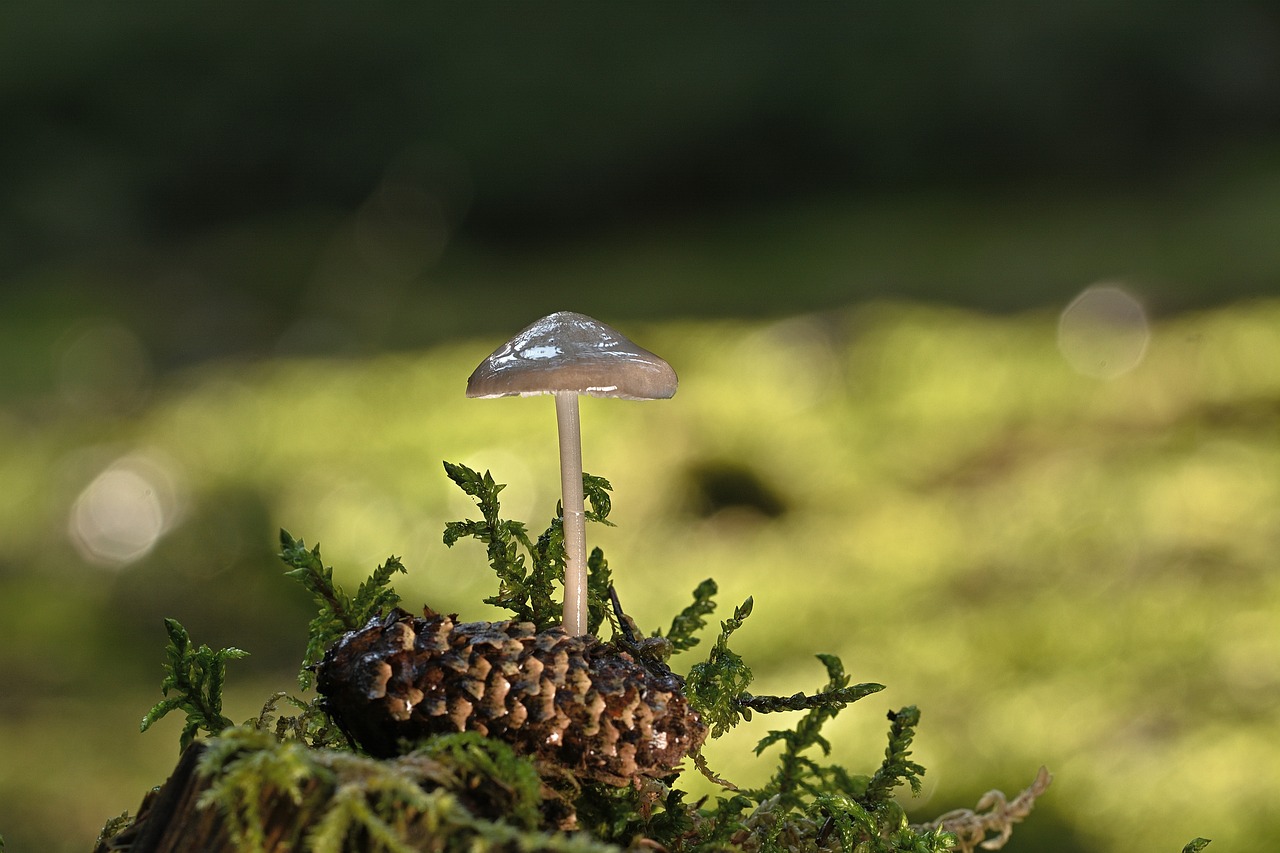
Pinecone Wreaths
Creating a stunning pinecone wreath is a fantastic way to bring the essence of autumn into your home. Not only does it showcase the natural beauty of pinecones, but it also serves as a unique and personal touch to your seasonal decor. Imagine walking up to your front door and being greeted by a beautiful wreath that reflects the colors and textures of fall! The process of crafting your own pinecone wreath can be incredibly fulfilling and allows you to express your creativity.
To get started on your pinecone wreath, you'll need a few essential materials. First, gather your pinecones, ensuring they are clean and dry. You can choose to paint them in vibrant colors or leave them in their natural state, depending on the look you want to achieve. Next, you will need a sturdy base for your wreath. This can be a wire frame, a foam circle, or even a grapevine wreath base. The choice of base will affect the overall look and stability of your finished product.
Once you have your materials ready, the assembly process begins! Start by attaching the pinecones to your wreath base. You can use a hot glue gun for quick adhesion, or if you prefer a more rustic approach, consider using floral wire to secure the pinecones in place. As you arrange the pinecones, think about the balance and visual appeal of your wreath. You want to create a harmonious look, so be mindful of the sizes and colors of the pinecones you are using. Mixing different types of pinecones can add depth and interest to your design.
Additionally, you can enhance your pinecone wreath with other natural elements. Consider incorporating dried leaves, berries, or even small pumpkins to create a more dynamic and festive appearance. These accents can help tie your wreath into the overall autumn theme of your home. Once your wreath is complete, don’t forget to add a beautiful ribbon for hanging. A burlap or plaid ribbon can add a cozy touch that perfectly complements the natural materials.
After completing your wreath, you may find yourself wondering where to display it. The front door is an obvious choice, but you can also hang it inside as a centerpiece on a wall or above a fireplace. The beauty of a pinecone wreath is that it can transition seamlessly from outdoor to indoor decor, allowing you to enjoy its charm throughout the entire season.
In conclusion, crafting a pinecone wreath is not just a fun DIY project; it’s a way to celebrate the beauty of nature and the changing seasons. So gather your materials, unleash your creativity, and let your wreath become a stunning focal point that welcomes autumn into your home!
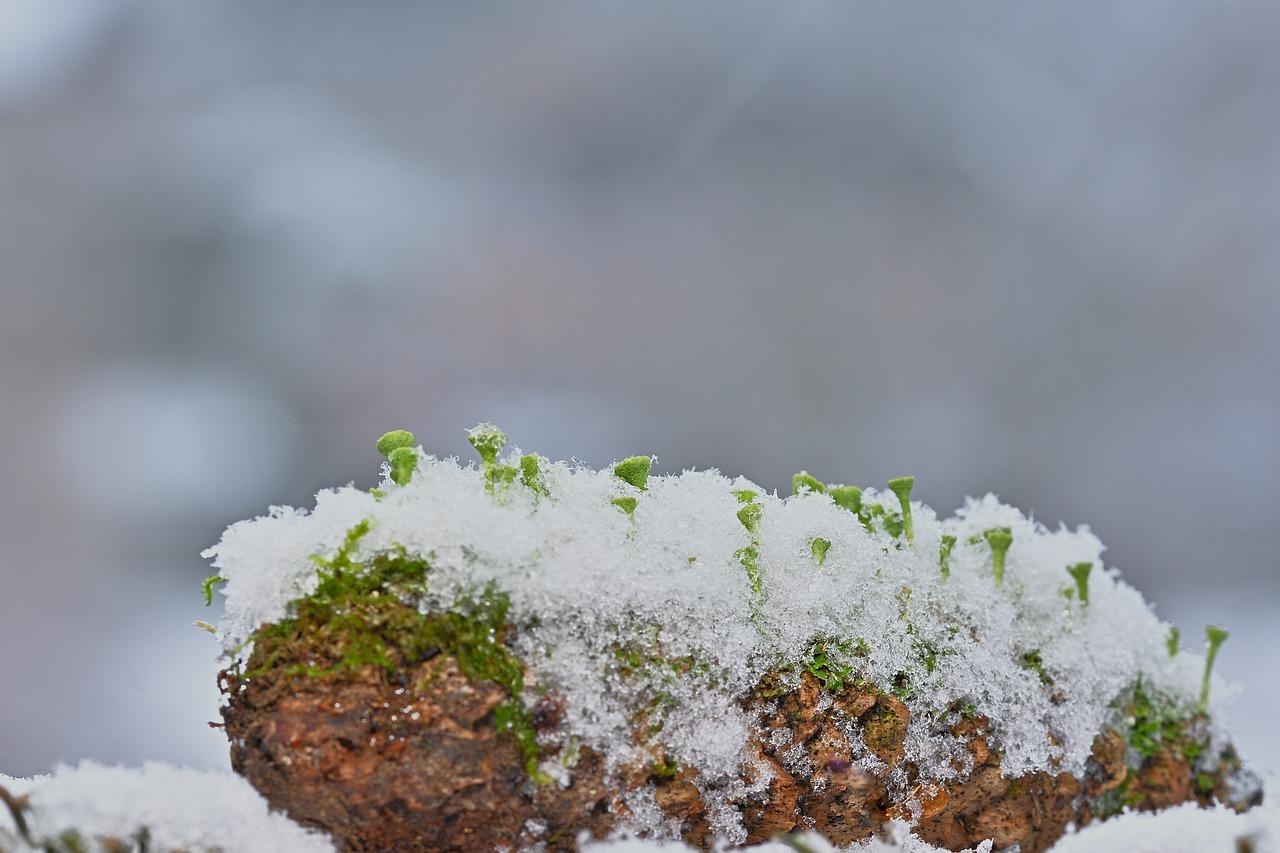
Pinecone Centerpieces
When it comes to creating a stunning outdoor dining experience during the fall, can truly elevate the ambiance. Imagine gathering around a beautifully set table, surrounded by the vibrant colors of autumn leaves, with a centerpiece that captures the essence of the season. Pinecones, with their rustic charm, can be transformed into eye-catching displays that not only serve as decor but also spark conversations among your guests.
To craft a pinecone centerpiece, you can start by selecting a variety of pinecones in different shapes and sizes. This variety adds depth and interest to your arrangement. You might even consider incorporating other natural elements, such as dried leaves, acorns, or small pumpkins, to create a multi-dimensional look that embodies the spirit of autumn. For instance, you could arrange the pinecones in a shallow bowl or a rustic wooden tray, mixing them with these additional elements to enhance the visual appeal.
Another creative idea is to use a glass vase filled with pinecones, which can serve as a stunning focal point. You can layer the pinecones with some twinkling fairy lights or even add a few sprigs of seasonal greenery for contrast. The warm glow of the lights will create a cozy atmosphere as the sun sets, making your outdoor gatherings even more magical. If you want to add a personal touch, consider painting some pinecones in metallic colors like gold or copper to give them a festive flair.
For those looking to add a touch of elegance, consider using a tall vase filled with pinecones and topped with seasonal flowers. This not only elevates the centerpiece but also brings in the beautiful colors of fall blooms. You can use flowers like chrysanthemums or sunflowers that complement the natural hues of the pinecones. The combination of textures and colors will surely impress your guests.
Lastly, don’t forget about the scent! To enhance the sensory experience, you can add some cinnamon sticks or dried orange slices around your pinecone centerpiece. The aroma of cinnamon mixed with the earthy scent of pinecones will transport everyone to a cozy, autumnal wonderland. Imagine sitting around the table, enjoying a delicious meal, with the delightful scents wafting through the air, creating a warm and inviting atmosphere.
Incorporating pinecone centerpieces into your autumn gatherings is not just about decoration; it’s about creating memories. So gather your pinecones, unleash your creativity, and let your centerpieces tell a story of the beauty and warmth of the season.
- How do I clean my pinecones before using them in centerpieces? It’s important to clean your pinecones to remove dirt and debris. You can soak them in a mixture of water and vinegar, then scrub them gently and let them dry completely before using.
- Can I use artificial pinecones for centerpieces? Absolutely! Artificial pinecones can be a great alternative, especially if you want a more uniform look or need them to last longer.
- What other materials can I use with pinecones in centerpieces? You can use a variety of materials such as candles, seasonal flowers, dried leaves, or even small decorative gourds to enhance your pinecone centerpieces.
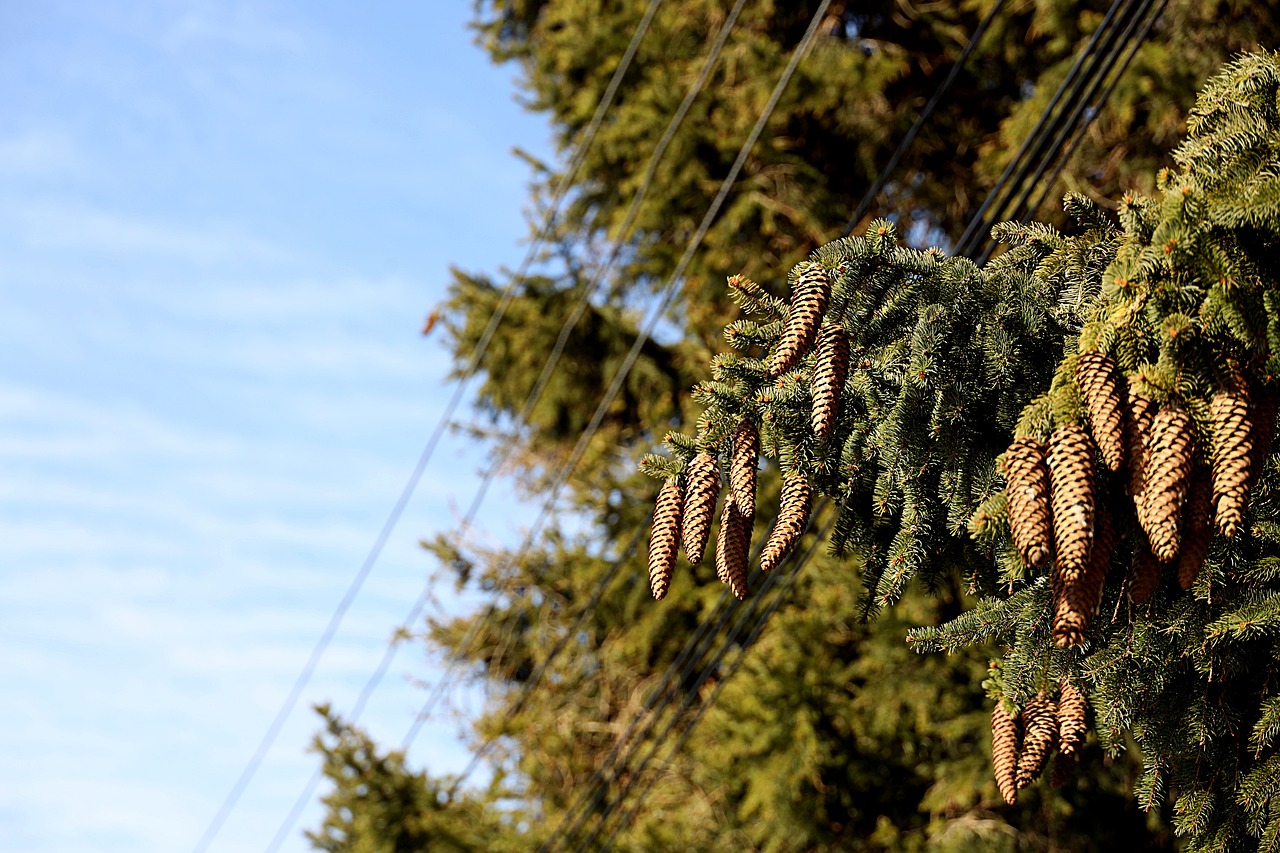
Incorporating Pinecones in Garden Displays
When it comes to enhancing your garden displays during the autumn season, pinecones are a versatile and charming addition. These natural elements not only bring a rustic appeal but also blend seamlessly with the vibrant colors of fall foliage. Imagine strolling through your garden, where the earthy scent of pine mingles with the crisp autumn air, and you spot delightful pinecone accents that draw the eye and evoke a sense of warmth. Whether you're creating a cozy nook for relaxation or setting the stage for a festive gathering, incorporating pinecones can elevate your outdoor space to new heights.
One of the simplest yet most effective ways to use pinecones is by transforming them into pathway markers. Picture this: a winding path through your garden, lined with clusters of pinecones that guide visitors along the way. Not only do they add a touch of whimsy, but they also serve a practical purpose. You can easily gather pinecones of varying sizes and arrange them in a way that creates visual interest. For instance, larger pinecones can be placed at intervals, while smaller ones can fill in the gaps, creating a beautiful, organic look.
Additionally, pinecones can be used to create eye-catching garden sculptures or displays. By stacking them on top of each other or arranging them in unique formations, you can craft one-of-a-kind pieces that become conversation starters. Consider using a variety of pinecone types—such as sugar pine, white pine, or eastern white pine—to add texture and dimension to your displays. You might even think about painting some of them in vibrant colors or adding glitter for a festive touch, making your garden sparkle as the sun sets.
Another delightful way to incorporate pinecones in your garden is by creating pinecone bird feeders. This not only attracts local wildlife but also adds an interactive element to your garden experience. To make a simple bird feeder, smear peanut butter onto the surface of a pinecone and roll it in birdseed. Then, hang it from a tree or a garden post using twine. As you watch the birds flock to your creation, you’ll appreciate how pinecones can foster a connection with nature, bringing joy to both you and your feathered friends.
Of course, the beauty of pinecones extends beyond mere decoration. They can serve as a natural mulch alternative, helping to retain moisture in your garden beds while providing a rustic aesthetic. Spread them around your plants to not only suppress weeds but also to add a decorative touch that complements the autumn landscape. As the pinecones break down over time, they will enrich the soil, making them a practical choice for any gardener.
In conclusion, incorporating pinecones into your garden displays is a fantastic way to celebrate the beauty of autumn. By using them as pathway markers, creating unique sculptures, crafting bird feeders, or even as mulch, you can infuse your outdoor space with natural charm. So, gather those pinecones and let your creativity flourish! Your garden will not only look stunning but will also be a welcoming haven for both you and the wildlife that calls it home.
- What types of pinecones are best for crafting? Generally, larger pinecones like sugar pine or western white pine are preferred for crafts due to their size and structure, but smaller varieties can also be used for intricate designs.
- How do I prevent pinecones from attracting pests? To prevent pests, ensure you clean and dry your pinecones properly before using them in your crafts. You can also store them in airtight containers.
- Can I paint pinecones for my garden displays? Absolutely! Painting pinecones can add a pop of color to your garden decor. Just be sure to use outdoor-safe paint to withstand the elements.

Pinecone Pathway Markers
Imagine walking through your garden on a crisp autumn day, with the leaves crunching underfoot and the air filled with the rich scent of pine. Now, picture charming guiding your way, adding a touch of whimsy and natural beauty to your outdoor space. These delightful markers not only enhance the aesthetic of your garden but also serve a practical purpose by offering direction and definition to your pathways.
Creating pinecone pathway markers is as simple as it is enjoyable. You can start by gathering a variety of pinecones, selecting those that vary in size and shape to create visual interest. Once you have your collection, consider the best way to secure them along your pathways. A popular method is to attach them to wooden stakes or dowels. This way, you can easily insert them into the ground, ensuring they stay upright and visible.
To add an extra layer of creativity, why not paint your pinecones in vibrant autumn colors? A splash of gold, deep red, or burnt orange can make your markers pop against the backdrop of fall foliage. You can even sprinkle some glitter for a magical touch! Additionally, if you're feeling particularly crafty, you can wrap the bases of the pinecones with twine or ribbon, giving them a rustic, finished look that complements the natural theme of your garden.
Not only do these pathway markers look fantastic, but they also invite your guests to explore your garden. Consider placing them at intervals along winding paths or near clusters of plants. You can even create a themed pathway by using markers that represent different aspects of autumn, such as leaves, acorns, or miniature pumpkins alongside your pinecones. The result is a whimsical journey through your garden that captures the essence of the season.
As you design your pinecone pathway markers, you might want to think about incorporating other natural elements. For instance, surrounding your markers with moss or small stones can create a cohesive look that ties everything together. You could also use small lanterns or solar lights to illuminate the path at night, making your garden not just a daytime retreat but a magical evening escape as well.
In summary, pinecone pathway markers are a fantastic way to celebrate the beauty of autumn while adding functionality to your garden. They are easy to make, customizable, and can be a fun project for the whole family. So, gather your pinecones, unleash your creativity, and transform your outdoor space into a charming autumn haven!
- How do I secure pinecone pathway markers in the ground?
Using wooden stakes or dowels is a simple and effective way to keep your pinecone markers upright. Just attach the pinecone to the top of the stake and insert it into the soil. - Can I use artificial pinecones for this project?
Absolutely! Artificial pinecones can be a great alternative, especially if you want your markers to last longer or if you're crafting in a wet climate. - What other decorations can I add to my pathway markers?
You can enhance your markers with paint, glitter, twine, or even small lanterns to create a more inviting atmosphere.
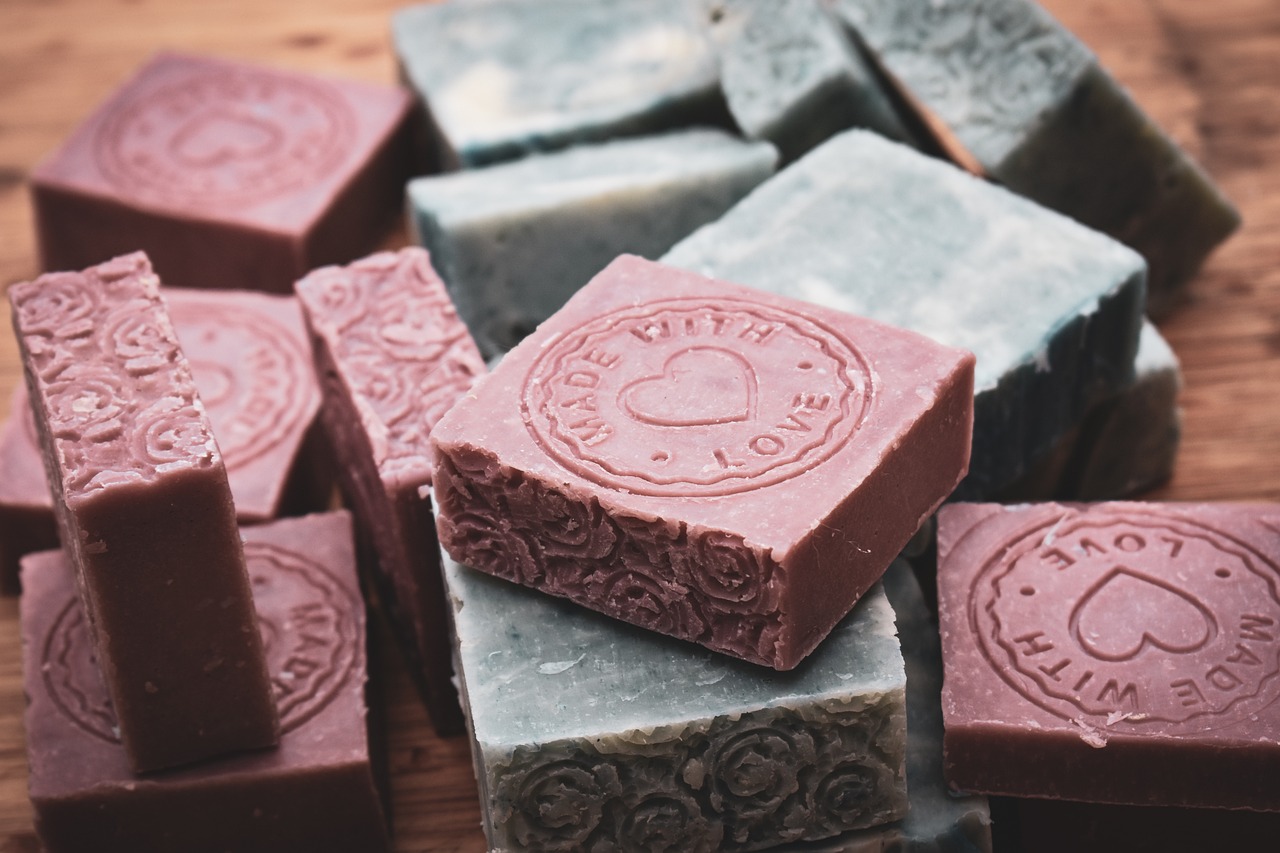
Pinecone Bird Feeders
Creating is not just a fun project; it’s a fantastic way to invite nature into your garden! Imagine the joy of watching colorful birds flit about, attracted by your homemade feeders. The best part? These feeders are incredibly easy to make and use materials that are often found right in your backyard. So, let’s dive into how you can turn simple pinecones into delightful bird feeders that will bring your garden to life this autumn!
To begin with, you'll need a few basic supplies. Gather some pinecones, peanut butter (or a nut-free alternative if you have allergies), birdseed, and twine or string. The first step in the process is to prepare your pinecones. Start by cleaning them thoroughly to remove any dirt or debris. You can soak them in warm, soapy water for about 30 minutes, then rinse and let them dry completely. This step is crucial because it ensures that your feeders are safe for the birds.
Once your pinecones are clean and dry, it’s time to get creative! Take a butter knife and spread a generous layer of peanut butter all over the pinecone. Make sure to get into all the nooks and crannies; this is where the birdseed will stick! After the peanut butter application, roll the pinecone in birdseed until it’s well coated. You can use a variety of seeds to attract different types of birds. For example, sunflower seeds are great for attracting larger birds, while smaller seeds can attract finches and sparrows.
Next, it’s time to hang your feeders. Use the twine to create a loop at the top of the pinecone, allowing you to easily hang it from a tree branch or a hook in your garden. Choose a spot that is visible from your home, so you can enjoy the sight of birds visiting your feeder. It's like having a front-row seat to nature’s show! Make sure the location is safe from predators and has some shelter, like nearby bushes or trees.
As the days go by, you'll notice more and more birds visiting your creation. It’s not just about feeding them; it’s about creating a vibrant ecosystem in your garden. You might even consider making several feeders and placing them in different locations to attract a variety of birds. Each feeder can become a little hub of activity, providing entertainment for you and nourishment for your feathered friends.
In addition to being a great activity for adults, making pinecone bird feeders is an excellent project for kids too! It teaches them about nature and the importance of caring for wildlife. Plus, it’s a wonderful way to spend quality time together outdoors. So grab those pinecones and get crafting!
Q: What types of birds can I attract with pinecone bird feeders?
A: Pinecone bird feeders can attract a variety of birds, including chickadees, finches, sparrows, and even woodpeckers, depending on the type of seeds you use.
Q: Can I use other types of nut butters?
A: Yes, you can use almond butter or sunflower seed butter as alternatives to peanut butter, especially if allergies are a concern.
Q: How long will the birdseed last on the feeders?
A: The longevity of the birdseed depends on the weather and the number of birds visiting. Typically, it can last anywhere from a few days to a couple of weeks.
Q: How often should I refill the birdseed?
A: It's best to check your feeders regularly and refill them as needed, especially during peak feeding times in the morning and late afternoon.
Frequently Asked Questions
- What are the best locations to gather pinecones?
When it comes to gathering pinecones, your best bet is to look in areas with pine trees, such as forests, parks, or even your backyard if you have one. The best time to collect them is during the autumn months when they are naturally falling from the trees. Just remember, the more diverse the shapes and sizes, the better your crafting projects will turn out!
- How do I clean and prepare pinecones for crafting?
Cleaning pinecones is essential for your crafting success! Start by soaking them in a mixture of water and vinegar to kill any pests. After soaking, scrub them gently with a brush to remove dirt, then rinse and let them dry completely. This way, you ensure that your materials are not only clean but also pest-free!
- What are some effective drying methods for pinecones?
There are a couple of methods to dry your pinecones effectively. You can air dry them by placing them in a warm, dry area, but this can take some time. Alternatively, you can use the oven method: preheat your oven to a low temperature (around 200°F or 93°C), then spread the pinecones on a baking sheet and let them dry for about 30 minutes. Just keep an eye on them to avoid any burning!
- How can I decorate my pinecones?
Decorating pinecones is where your creativity can shine! You can paint them in vibrant autumn hues, add glitter for some sparkle, or even wrap them in twine or ribbon for a rustic touch. The possibilities are endless, and they can really bring a personal flair to your autumn decor!
- What are some fun craft ideas using pinecones?
There are so many fun craft ideas you can try! Pinecone wreaths make a stunning front door decoration, while pinecone centerpieces can add charm to your dining table. You could also create garlands or even use them in DIY ornaments. The only limit is your imagination!
- How can I incorporate pinecones into my garden displays?
Pinecones can be a delightful addition to your garden displays! Consider using them as pathway markers to guide guests through your garden or turning them into bird feeders to attract local wildlife. They blend beautifully with autumn foliage, enhancing your outdoor aesthetic.
- Are pinecone bird feeders easy to make?
Absolutely! Making pinecone bird feeders is super simple and a fun activity, especially if you have kids. Just smear peanut butter on a pinecone, roll it in birdseed, and hang it outside. You'll be amazed at how quickly the birds will come to visit!



















